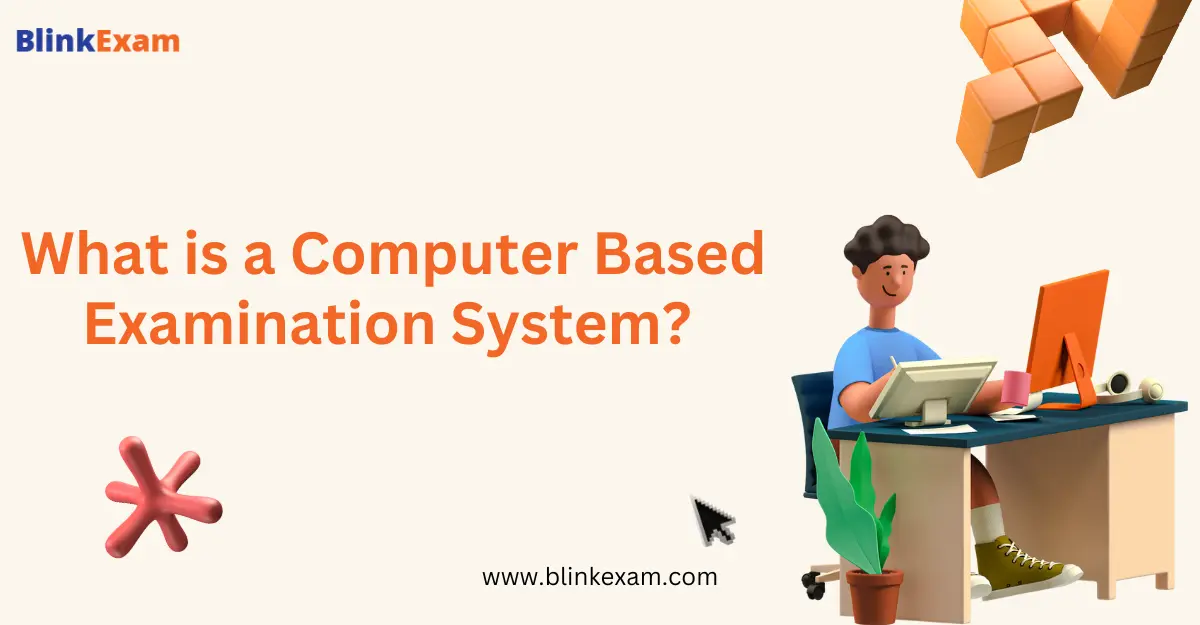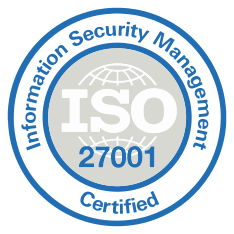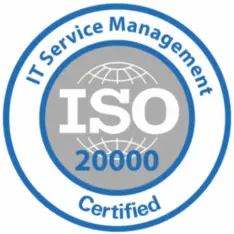In the digital era, education has undergone a significant transformation, integrating technology to enhance various aspects of the learning process. One of the most impactful innovations is the computer based examination system. This method has revolutionized traditional examination techniques, offering a more efficient, secure and accessible way to evaluate students. In this blog, we will explore this examination system, its key features, and its numerous advantages.
Understanding The Computer Based Examination
A computer based examination system(CBES) is a digital platform designed to administer exams through computers. Unlike the traditional paper-based approach, CBES utilizes technology to deliver a seamless. interactive, and user-friendly testing experience. This system is used for various assessments, including standardized tests, certification exams and academic evaluations.
Key Components of a Computer Based Examination System
1- Question Bank Management: A central feature of CBES is the question bank, a repository of questions categorized by subject, difficulty level, and type. This allows for random selection and shuffling of questions, ensuring each examinee receives a unique set of questions.
2- User Interface: The user interface is designed to be intuitive and easy to navigate. Students can effortlessly move through questions, flag questions for review, and manage their time efficiently.
3- Security Features: Security is paramount in CBES. The system includes secure login processes, browser lockdowns, and remote proctoring technologies to maintain the integrity of the exam and prevent cheating.
4- Automated Grading: For objective questions such as multiple-choice or true/false, the system automatically grades responses and provides instant feedback. This significantly reduces the administrative burden on educators and speeds up the result dissemination process.
5- Data Analytics: CBES offers powerful analytics tools that provide insights into students’ performance. These analytics help educators identify areas where students excel or need improvement, enabling targeted interventions.
Benefits of Computer Based Examination Systems
1- Efficiency and Speed: One of the most significant advantages of CBES is the speed and efficiency it offers. Exams can be scheduled, administered, and graded much faster than traditional methods, making it particularly beneficial for large-scale standardized testing.
2- Enhanced Security: Advanced security features ensure the authenticity of the examination process. Secure logins, data encryption, and remote proctoring make the system reliable and trustworthy, minimizing the risk of cheating.
3- Accessibility and Flexibility: Computer based exams can be taken from any location with internet access, providing flexibility for students. This is especially useful for distance learning programs and students in remote areas.
4- Instant Feedback: Automated grading allows students to receive their results immediately after completing the exam. This instant feedback is crucial for timely interventions and targeted learning, helping students understand their performance and areas for improvement.
5- Cost-Effectiveness: Over time, CBES can reduce the costs associated with printing, distributing, and grading paper exams. While the initial setup may require investment, the long-term savings are significant, making it a cost-effective solution for educational institutions.
6- Environmental Impact: By eliminating the need for paper, CBES contributes to environmental conservation. This eco-friendly approach aligns with the growing emphasis on sustainable practices in education.
How CBES is Shaping the Future of Education
The adoption of computer based examination systems is expected to grow as educational institutions and testing agencies recognize their numerous advantages. These systems are paving the way for innovative assessment methods that cater to diverse learning needs and preferences.
Future advancements may include the integration of artificial intelligence for more personalized assessments, virtual reality for immersive testing environments, and blockchain technology for enhanced security and transparency. Moreover, as the educational landscape continues to evolve, CBES will likely become a standard practice, supporting a more dynamic, flexible, and responsive approach to student assessment.
Conclusion
The computer based examination system represents a significant leap forward in the realm of educational assessments. Its efficiency, security, accessibility, and cost-effectiveness make it an attractive alternative to traditional examination methods. As technology continues to advance, the capabilities of CBES will only improve, ensuring it remains a vital tool for educators and learners alike. By embracing the computer-based examination system, educational institutions can provide a more streamlined, secure, and engaging testing experience, ultimately enhancing the quality of education and supporting the academic success of students worldwide.








